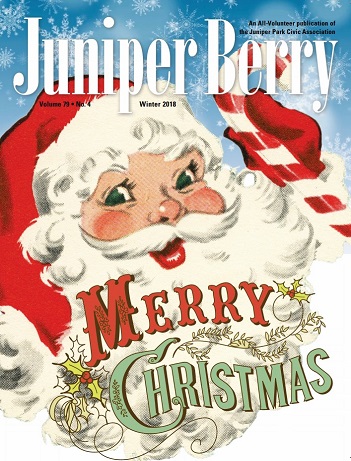For American history buffs, this time of year brings to mind the surprise attack that changed the course of the Revolution. But the canvas walls that witnessed the planning of Revolutionary War strategy are generally not thought about all that much. That may be about to change.
Game changer
Suffering from multiple defeats on the battlefield along with starvation and a lack of proper clothing, the Continental Army under General George Washington in the fall of 1776 was losing members left and right. Troops were refusing to re-enlist at the end of their terms and desperate men were also deserting. If the dire conditions had continued for much longer, the patriots’ freedom cause would likely have been lost.
In early December, American troops were forced to retreat from New Jersey across the Delaware River to Pennsylvania. Washington saw an opportunity to exploit a weakness in the enemy. Surely, they would not expect an attack around the Christmas holidays. He set in motion a plan that would take Trenton. Boats would be assembled under cover of darkness on Christmas night to cross the Delaware River and once on the other side, the troops would attack Hessian outposts. Despite the iced over river and 2 of the 3 divisions not making it to the other side because of weather conditions, the plan went off successfully. The morning of December 26th, likely still hung over from the yuletide festivities, the Hessians were taken totally by surprise and Trenton was soon under American control. Emanuel Leutze’s dramatic larger-than-life 1851 painting depicting the Delaware River crossing hangs in the Metropolitan Museum of Art. While artistic license was used in the rendering, it fittingly captures a monumental moment of the Revolution, one that is re-enacted every year on the anniversary of the event at Washington Crossing Historic Park in Pennsylvania and Washington Crossing State Park in New Jersey.
Leading by example
Washington, as commander of the army, could have spent the majority of his time quartered in nice warm mansions, but he wanted his troops to feel he was accessible to them and see him serving, and often suffering, alongside them. He ordered that 2 tents, known as “marquees” at the time, be pitched in the center of the American camp. He slept and formulated his strategy to defeat the British and their allies inside the folds of one tent. His slave valet, William Lee, was quartered with him. The second tent was where the commander dined with his men. By 1778 the two tents were worn out, so while quartered at Valley Forge, two replacement tents were commissioned. They were made in Reading, Pennsylvania with local women sewing red trim on them by hand.
Washington’s war room followed him from encampment to encampment throughout the course of the Revolution. The tent was where victories were celebrated as well as where wounds were licked after defeats. Many of the most revered names in American history saw the inside of its walls – Lafayette, Kosciuszko, Pulaski, Adams, Jefferson, von Steuben, Hamilton, and so many more. Letters were written here by Washington that are today precious historic artifacts.
Preserved through generations
“The First Oval Office,” as some historians refer to it, was in use by Washington from 1778 through 1783. Although tents are temporary quarters, both of Washington’s were preserved throughout the years. This in itself was a colossal undertaking involving generations of Americans both free and enslaved.
Both tents were inherited by Martha Washington's grandson, George Washington Parke Custis. He bequeathed them to his daughter, Mary Anna Custis Lee, and her husband, Robert E. Lee. Their enslaved housekeeper, Selina Norris Gray, entrusted with the well-being of Arlington House after the Lees fled during the outbreak of the Civil War, kept the tents safe when Union Army soldiers invaded in 1861. The marquees along with other Washington artifacts were seized by the federal government in January 1862.
The tents were first put on display at the U.S. Patent Office and in 1881 were transferred to the Smithsonian Institution. In 1901 the tents and Washington artifacts were reluctantly handed back over to Robert and Mary’s son, George Washington Custis Lee, after a protracted court battle over their custody.
A home for The First Oval Office
In 1909, the exterior of the office/sleeping tent was purchased by Reverend Dr. W. Herbert Burk for the Valley Forge Museum of American History and exhibited on the historic grounds of the Valley Forge encampment site. Reverend Burk dreamed that one day a museum dedicated to the Revolution would be built, with the tent exterior as its centerpiece. (Other parts of the tents are owned and displayed by the Yorktown Battlefield Visitor Center and the Mount Vernon Ladies' Association.) Rev. Burk did not live to see his dream realized, but it did finally come true. The Museum of the American Revolution in Philadelphia, which opened last year, has an entire theater dedicated to display of the fully restored tent exterior and a film telling its story.
This exhibit is something everyone in this country should make a pilgrimage to witness with their own eyes. No matter what your political leanings or how deep your interest is in history, the sight of George Washington’s tent is sure to evoke strong emotions and a deep sense of what it means to be an American.




